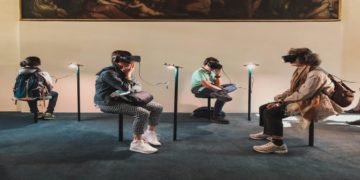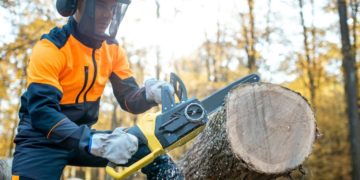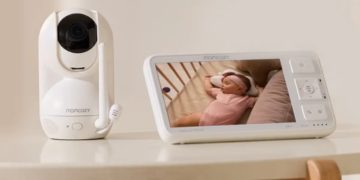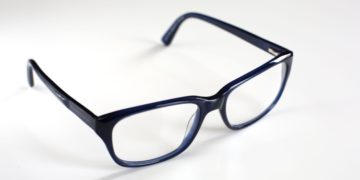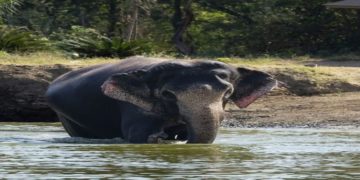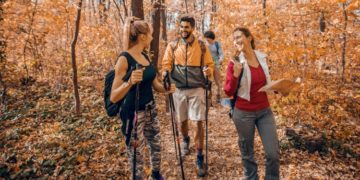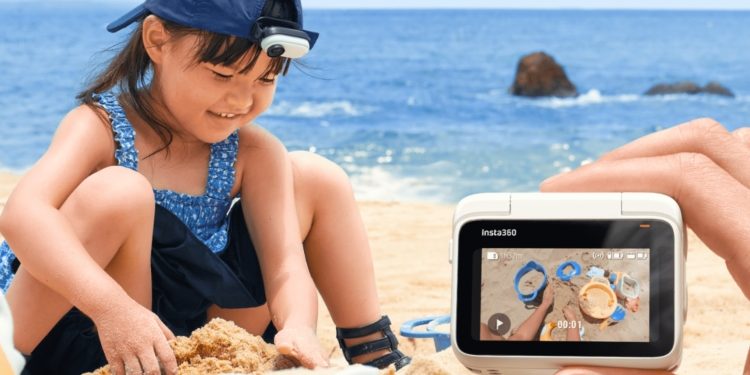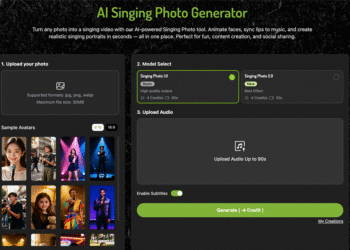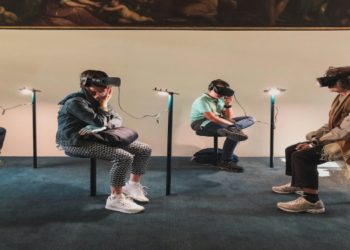Imagine capturing the world exactly as you see it, drawing viewers into your perspective like never before. Filming in first-person has revolutionized storytelling, allowing you to create deeply immersive experiences. Thanks to mini cameras, this once complex technique is now accessible to anyone with a creative vision.
In this article, you’ll discover how these compact devices empower you to tell stories that feel personal and engaging. From action-packed adventures to intimate moments, mini cameras offer the tools to make your audience feel like they’re right there with you. Get ready to explore how this innovative approach is changing the way stories are told.
The Rise Of First-Person Filming
First-person filming has gained popularity with advancements in compact camera technology. By placing the viewer directly in the perspective of the subject, this approach creates a sense of immediacy and engagement unmatched by traditional techniques.
Creators now explore genres such as extreme sports, travel, and scripted storytelling with immersive angles. Documenting climbs, dives, urban explorations, or personal activities feels more authentic when filmed through this perspective, as viewers internalize these experiences firsthand.
Content sharing platforms have also contributed to this rise. Short-form, first-person videos thrive in formats designed for quick consumption and high viewer interaction. Livestreaming has expanded the trend further, allowing real-time engagement that enhances the feeling of presence and involvement.
This shift has blurred the lines between audience and creator. While the viewer observes, they often feel as though they’re participating directly, which reshapes how stories are understood and remembered.
The Role Of Mini Cameras In Immersive Storytelling
A mini cam transforms storytelling by enabling unique perspectives and fostering a closer connection between viewer and subject. Their compact size and versatility make them key tools in creating immersive content.
Portability And Accessibility
Mini cameras offer significant portability, making them suitable for diverse filming setups. You can mount them on handheld rigs, fit them into limited spaces, or carry them through challenging environments. This adaptability allows capturing first-person perspectives in places where standard equipment cannot operate.
Their accessibility has broadened the creative potential for filmmakers at all levels. Whether recording action sports, travel experiences, or intimate moments, they simplify the process, ensuring a seamless blend of mobility and creative freedom.
Innovative Features And Technologies
Modern mini cameras come equipped with advanced technologies that enhance storytelling precision. High-resolution sensors and modular designs allow for high-quality footage and flexible configurations. These features create opportunities for varied filming approaches, from handheld shooting to VR production.
Many integrate with immersive platforms, supporting high frame rates and compatibility for stereoscopic or 360-degree output. These technological developments bridge technical constraints, enabling detailed and dynamic visual narratives across multiple formats.
Benefits Of First-Person Filming
First-person filming creates unique storytelling opportunities by putting viewers directly into a character’s perspective, allowing for deeper engagement and authenticity. Mini cameras make this approach more accessible, offering flexibility to capture immersive, raw footage.
Emotional Engagement and Connection
Experiencing a story from a character’s viewpoint strengthens the emotional ties between the audience and the narrative. It deepens empathy by helping you perceive thoughts and emotions as if they were your own. This method enhances the authenticity of emotional arcs, drawing viewers closer to the unfolding events. Genres such as drama or personal vlogs often exploit this technique to amplify personal storytelling.
Enhanced Viewer Experience
The immersive perspective provided by first-person filming transforms the way stories are received. With mini cameras capturing raw and unfiltered moments, narratives gain a compelling, credible quality. In action or horror genres, this filming style often intensifies suspense and emotional stakes. The sense of proximity to the action positions audiences as active participants, turning passive viewing into an engaging experience.
Challenges Of Using Mini Cameras For Storytelling
Creating first-person narratives with mini cameras offers unique opportunities, but you’ll face technical and creative difficulties that require careful planning. These challenges impact both the quality of your footage and the depth of your storytelling.
Technical Limitations
Mini cameras often produce less stable footage, with image stabilization limited compared to larger rigs. Operator precision is key to reducing shakiness in dynamic scenes.
Power and memory constraints restrict recording high-resolution or extended sequences. Filming intricate narratives in one take becomes harder without managing battery usage or storage limits.
Wide-angle lenses can distort visuals, disrupting realism. Autofocus, especially in fast-moving environments, struggles to maintain clarity, affecting the natural flow of your shots.
Creative Constraints
First-person framing relies on physical movement, which restricts how you craft each shot. Traditional cinematic tools give more control over composition than this subjective perspective allows.
Viewer attention becomes harder to direct in first-person storytelling. Overlooking key events risks disorienting your audience, especially within dynamic or VR-based narratives.
Compact runtimes, influenced by viewer comfort or technical limits, reduce character depth. Complex story arcs need truncation when immersive methods like VR are used in your project.
Examples Of Successful First-Person Storytelling
Storytelling through first-person filming immerses viewers by placing them directly into the narrative. This method has been widely adopted across diverse formats, offering unique perspectives that enhance engagement.
Films and Documentaries
First-person techniques have shaped many notable films and documentaries. Found footage styles use this perspective to boost intensity and realism. Films like horror and thriller genres rely on these methods to heighten suspense, immersing audiences in the unfolding events.
Documentary filmmakers often employ first-person narration to present an intimate connection with the subject. This approach works well for personal topics, as it lets viewers experience moments and emotions as they happen.
Social Media and Vlogging
Personal vlogs thrive on first-person angles to create stronger bonds with viewers. Using compact and intuitive tools like the Insta360, creators can capture everyday experiences from their own perspective—making content feel more authentic and immersive.
On social media, first-person storytelling is key to engaging stories and reels. Devices like these allow users to record smooth, dynamic snippets that feel as though the audience is right there with them. This immediacy and relatability have fueled the rising popularity of POV content across platforms.
Tips For Mastering First-Person Filming
Creating immersive first-person footage requires careful preparation and thoughtful techniques. Focus on stability, perspective, and narrative balance to capture engaging content effectively.
Choosing The Right Equipment
Select compact cameras with wide-angle lenses to frame more details within limited perspectives. Opt for devices offering advanced stabilization to minimize shake during movement.
Explore mounting options to suit your filming needs. A chest mount provides steady and mobile shots, while head straps or handheld mounts offer unique angles. Choose accessories compatible with your creative vision.
Techniques For Engaging Narratives
Use subjective angles to convey personal connections, placing the camera at eye level or within reach of the subject’s perspective.
Experiment with movement styles, alternating between handheld shots for raw intensity or fluid panning for deliberate focus. Incorporate slow motion or timelapse effects to adjust pacing and add dramatic depth.
Conclusion
First-person filming with mini cameras is transforming how stories are experienced, offering unmatched immersion and emotional depth. These compact devices empower you to capture perspectives that resonate deeply with viewers, making them feel like active participants in your narrative. While challenges exist, thoughtful planning and the right tools can elevate your storytelling to new heights. By embracing this innovative approach, you’re not just telling stories—you’re inviting audiences to live them alongside you.
David Prior
David Prior is the editor of Today News, responsible for the overall editorial strategy. He is an NCTJ-qualified journalist with over 20 years’ experience, and is also editor of the award-winning hyperlocal news title Altrincham Today. His LinkedIn profile is here.






